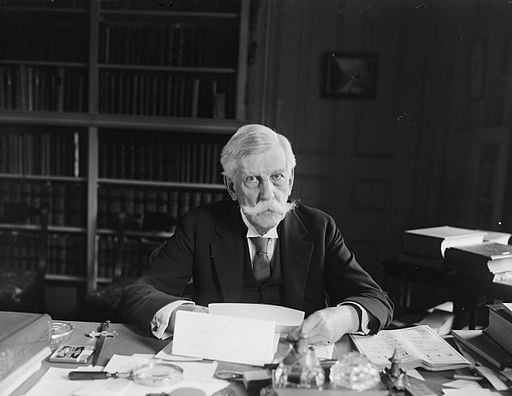THE numerous cases of purulent bronchitis which have arisen at one of the bases in Northern France during the winter of 1916-17 have presented features of marked clinical and pathological interest. Patients suffering from this unusually fatal disease present a symptom complex so distinctive as to constitute a definite clinical entity. The results of bacteriological and post-mortem examinations tend also to support this belief. The earlier cases were admitted during December, 1916, but it was not until the end of the following January, when exceptional cold prevailed, that the disease assumed such proportions as to constitute almost a small epidemic. Later, when the frost abated, there was a very striking diminution in the number of cases.
The disease has been very fatal. This is shown most readily by post-mortem records referring to this period. During February and early March, while the outbreak was at its height 45 per cent. of the necropsies in this area showed the presence of purulent bronchitis. It is proposed to discuss this condition from three standpoints : (1) that of the .clinician ; (2) that of the bacteriologist ; and (3) that of the morbid anatomist.
****
CONCLUSIONS
- We are here dealing with an epidemic of a variety of purulent bronchitis.
- For the following reasons we consider the cause of the disease to be the influenza bacillus : (a) The almost constant occurrence of this organism in the sputum ; (b) its presence in the pus of the affected bronchioles ; (o) in some typical cases it occurs apart from the presence of any other organism ; (d) the outbreak of the disease in epidemic form at the time of year when influenza epidemics are most common and whilst one was actually in progress; (e) the marked signs of toxic poisoning which are found during life and post mortem.
- There are well-marked clinical features which distinguish these cases from ordinary cases of bronchitis. The
most prominent are the characteristic sputum, the extreme tachycardia, the cyanosis, the course of the temperature (notably the ante-mortem fall), and the extremely high mortality. - Treatment has so far been unsatisfactory. The most encouraging results have been obtained by use of a steam tent. Vaccines have not yet had a trial, but it is unlikely, in view of the blocked condition of the bronchioles, that they would be of great benefit.
- The morbid anatomy consists of three groups of changes. (a) The lung condition: Marked purulent bronchitis, the smaller bronchi being filled with thick pus, from which air is notably absent. In some cases secondary broncho-pneumonia and cedema, pleurisy, and emphysema are common. (b) Evidence of toxsemia: Especially seen in kidneys, spleen, liver, lymphatic glands, and heart muscle. (c) Signs of right side heart failure and passive congestion. Some cases die of the toxmmia and others of the cardiac failure.
- The histological changes are those of an acute purulent bronchitis affecting the smaller bronchi with or without some surrounding catarrhal pneumonia. Degenerative changes are seen in other organs, notably in the kidneys, where the appearances of a toxic nephritis may be found. We are indebted to Colonel Sir John Rose Bradford, K.C.M.G., who originally pointed out to us the distinctive nature of these cases and who has given us much kind assistance throughout the investigation. Our thanks are also due to Professor J. H. Teacher, of Glasgow, for his kindness in preparing the photo-micrographs.
Read Full Study here…
Possibly Related?…
Typhoid vaccines during World War 1 comprised a large injection of endotoxin and made most soldiers sick. More than 35,000 of the vaccinated US soldiers were admitted to hospital after vaccination.23




Wow, incredible blog structure! How long have you ever been running a blog for?
you made blogging glance easy. The full glance of your
web site is fantastic, let alone the content material!
You can see similar here dobry sklep